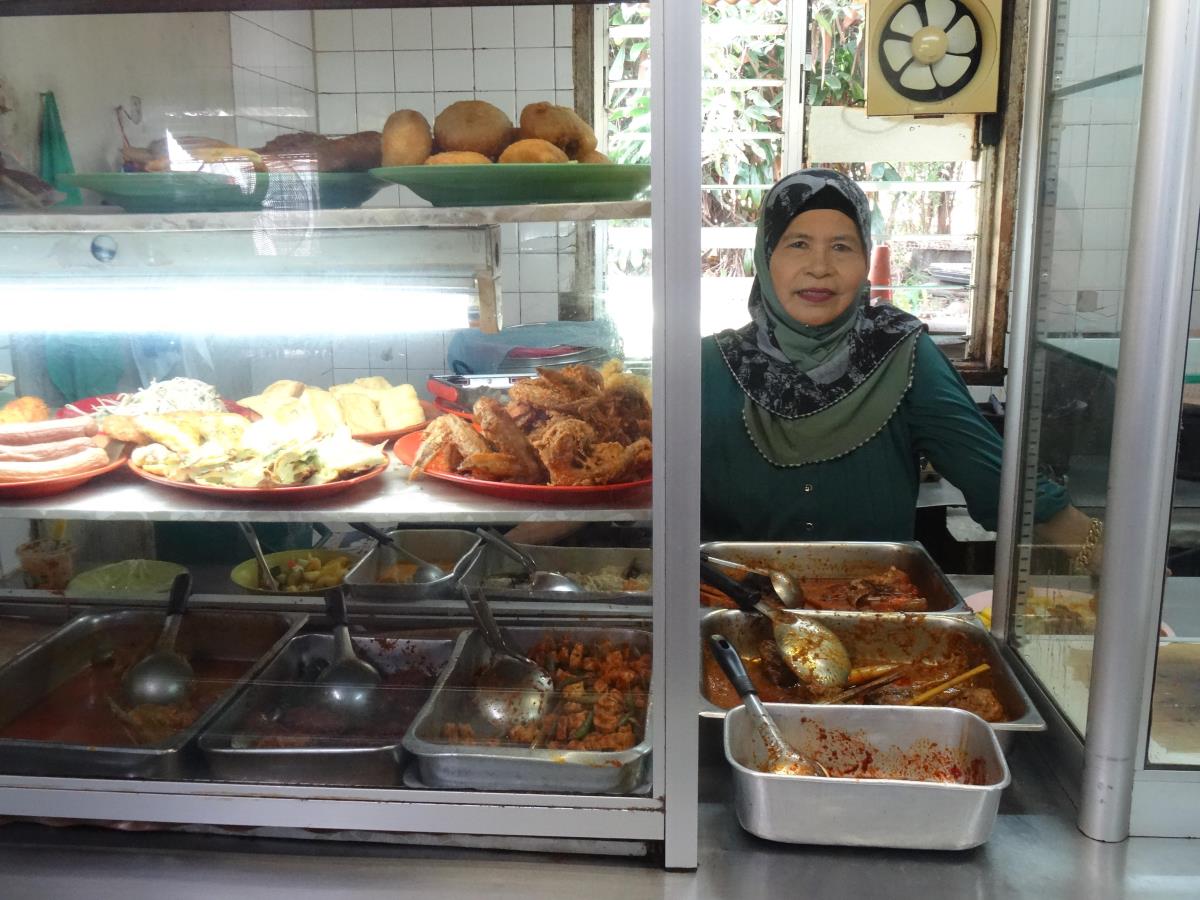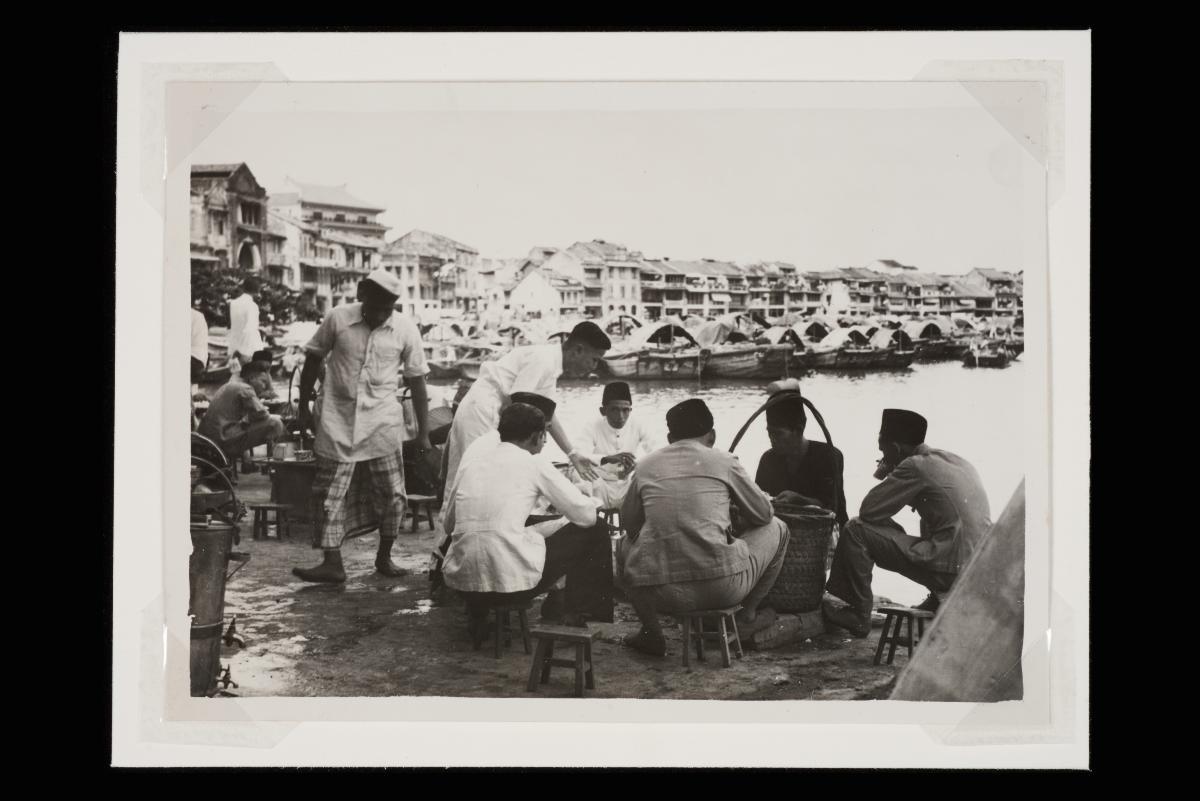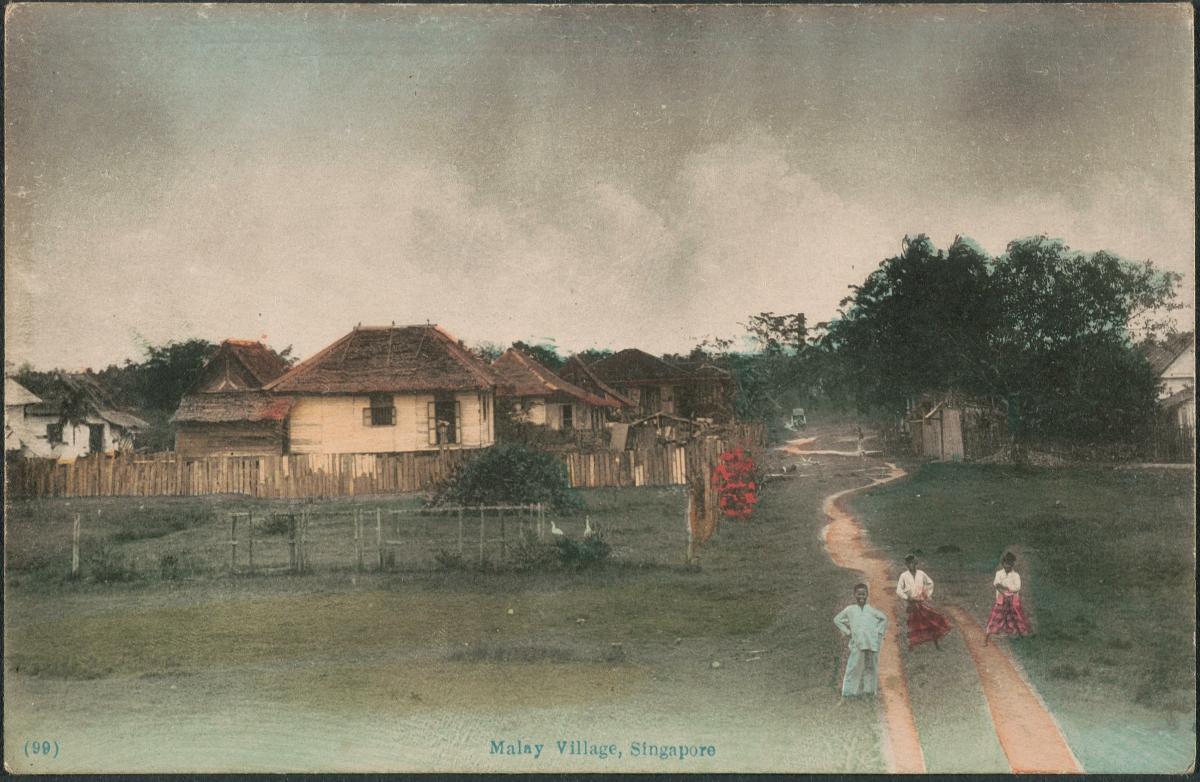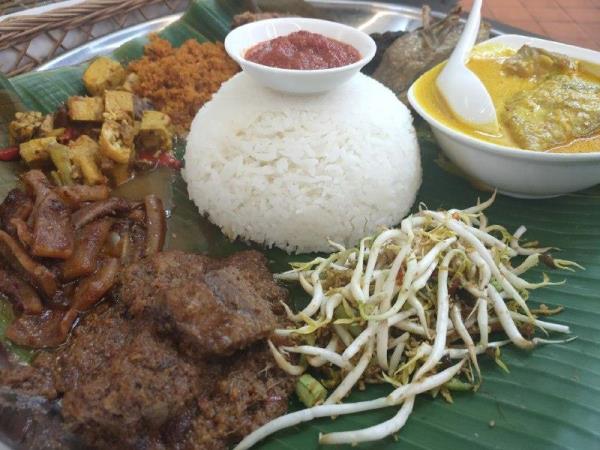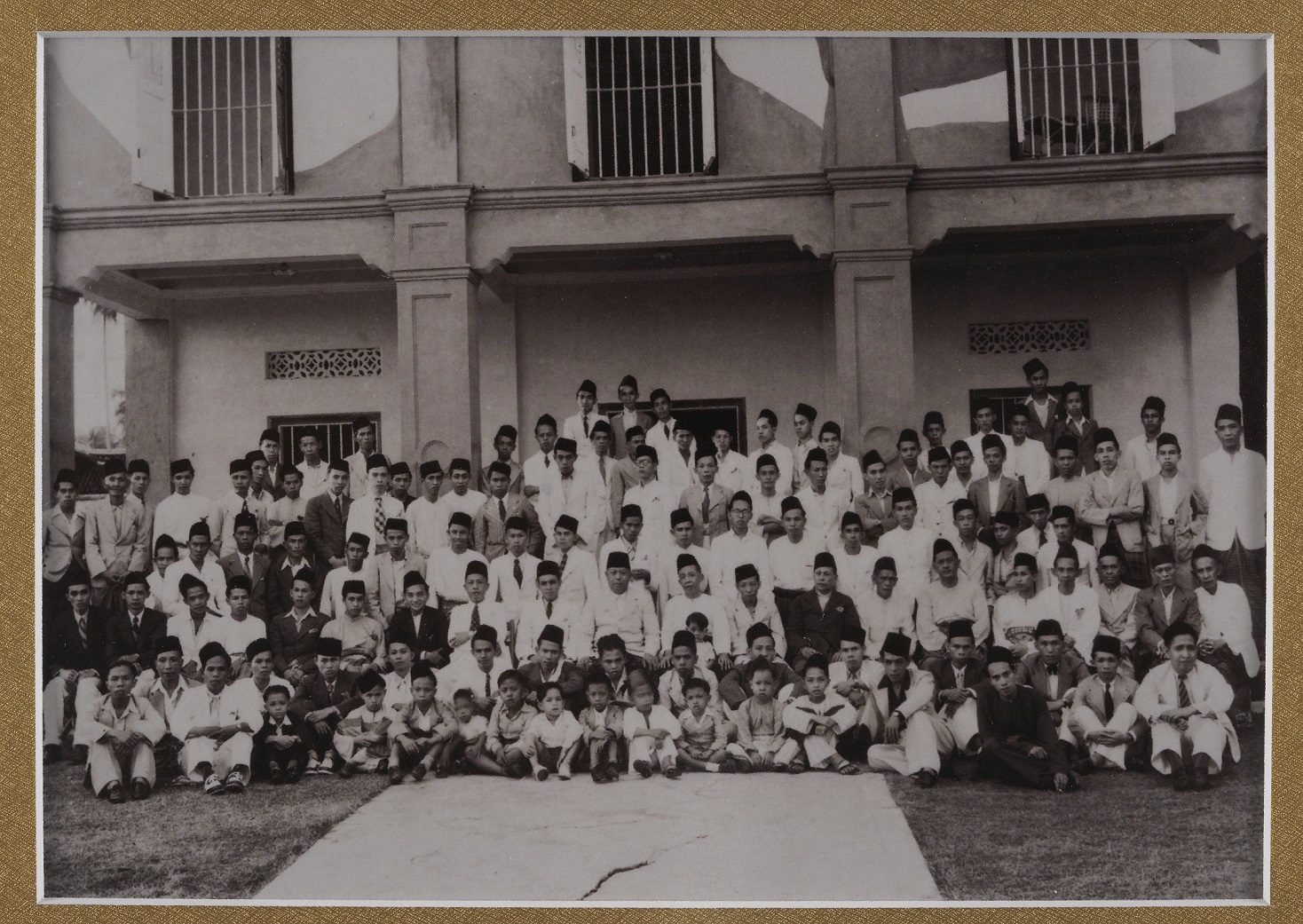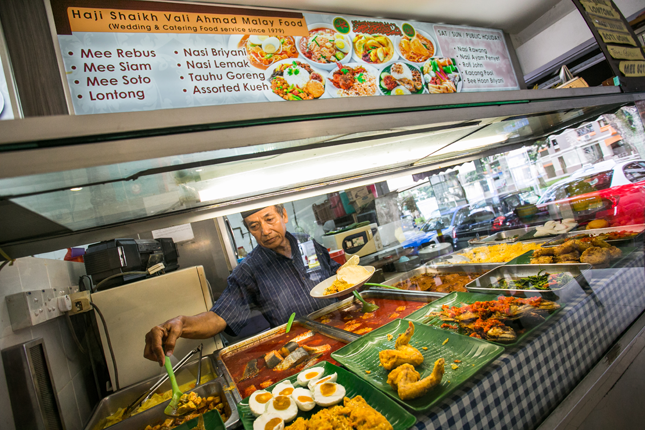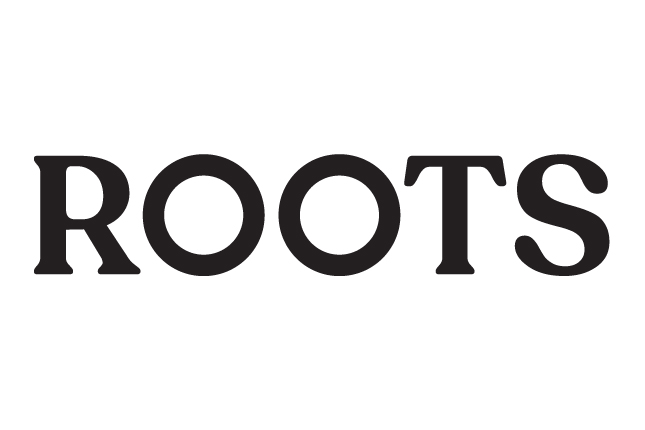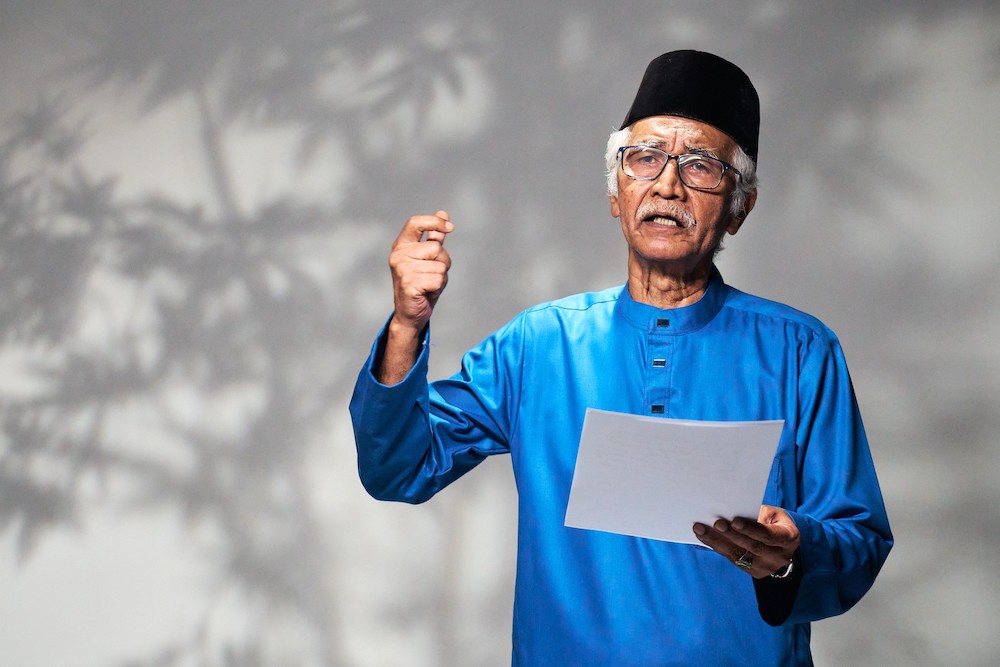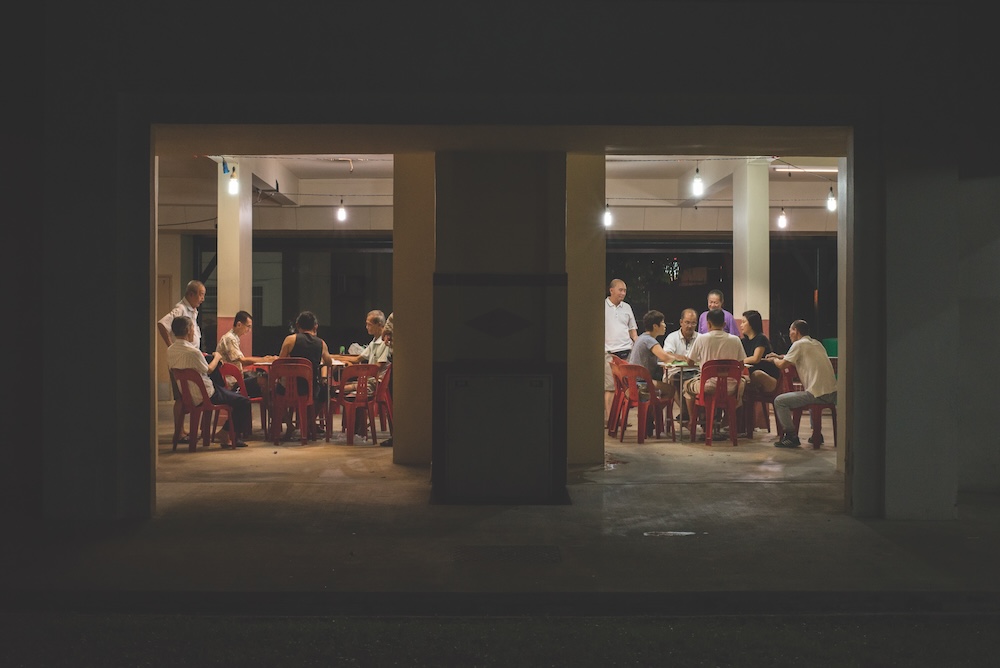Malay Cuisine in Singapore
Malay cuisine in Singapore is diverse and rich in traditions. In the past, many Malays were seafaring people and their diet usually included a huge amount of seafood such as squid, prawn and especially fish. These ingredients are still typically found in Malay cuisine today, and meats such as chicken, beef and mutton have also become common in Malay cooking, with the exception of pork, in accordance with Muslim dietary restrictions.
Malay cuisine has assimilated influences from other communities and cultures in terms of both ingredients and culinary techniques. There is diversity in the cuisine due to the mixture of foods from the wider Malay world, and the blend of traditional dishes from Malaysia with strong influences from the islands of Sumatra and Java. For instance, the ubiquitous dish of nasi lemak is believed to have roots in western Malaysia while the popular meal nasi padang (steamed rice served with other pre-cooked Malay dishes) originated from Padang in West Sumatra, Indonesia. In modern times, Malay cuisine has also been influenced by and incorporated ingredients from diverse ethnic communities in the region.
Geographic Location
Malay cuisine can be found in places with Malay community, including in Malaysia, Indonesia, Brunei, Thailand, Philippines and Singapore.
Malay cuisine in Singapore today can be found at a variety of establishments, from neighbourhood hawker centres to more upscale, elaborate restaurants. Families continue to cook the cuisine within households.
Communities Involved
In Singapore, Malay cuisine is prepared and consumed by the Malay community as well as the wider community in Singapore.
Associated Social and Cultural Practices
In Malay cuisine, rice is a main staple that is typically accompanied by an array of side dishes that can be loosely categorised as masak cili/lada (chilli-based), masak lemak (coconut-based), masak asam (tamarind-based), masak merah (tomato-based), masak hitam (dark soy-sauce) and masak kunyit (turmeric-based). They are often spicy and primarily halal as the majority of Malays are Muslims. Traditional Malay food often involve the cooking of ingredients over low heat for a long time as this was the preferred mode of cooking back in the kampong days.
A key ingredient in Malay cuisine is rempah (a spice paste), which is made by pounding together several ingredients such as shallots, chillies, ginger and/or garlic and then sautéing the paste in oil. Other common ingredients include belacan (shrimp paste), santan (coconut milk), and asam jawa (tamarind).
Some examples of popular Malay dishes that many Singaporeans can identify with include the satay (skewered and grilled meat), which had its roots from the Javanese community who settled in Singapore in the early 19th century. Many hawker sellers used to sell this dish along the streets and are now commonly sold and consumed in hawker centres. Nasi lemak, which traditionally encompasses steamed white rice in coconut milk accompanied by cucumber slices, fried anchovies and nuts and spicy semi-sweet chilli is another well-loved Malay dish.
The recipes of Malay cuisine are usually passed down from generation to generation, and it is common for modifications to be made to the recipes to suit individual taste. On top of this, Malay cuisine in Singapore has also evolved to include elements of the various ethnic communities. Dishes such as mee rebus (egg noodles in thick gravy) and mee soto (egg noodle in chicken broth) include Hokkien egg noodles used by the Chinese, while ghee (clarified butter), a traditional Indian ingredient, is also used in some Malay pastries and cookies.
As part of traditional customs, Malays would usually consume their food without cutlery, and they would scoop the food using only the fingers of their clean right hand while keeping their palm clean.
Present Status
Malay cuisine is an important part of the social and culinary practices of the Malay community and Singapore’s food heritage. It continues to be popular, practised and enjoyed by the wider community in Singapore.
References
Reference No.: ICH-046
Date of Inclusion: April 2019; Updated March 2019
References
Abdullah, Kamsiah et al, Malay Heritage of Singapore. Singapore: Suntree Media, 2010.
Khoo, Kay Kim, Abdullah, Elinah and Hao, Wan Men, Malays/Muslims in Singapore: Selected Readings in History, 1819 - 1965. Singapore: Pelanduk Publications, 2006.
Wong, David and Wibisono, Djoko, The Food of Singapore. Singapore: Periplus Editions, 2005.
Zahara, Rita. Singapore Heritage Cookbooks: Malay Heritage Cooking. Singapore: Marshall Cavendish Cuisine, 2012.




